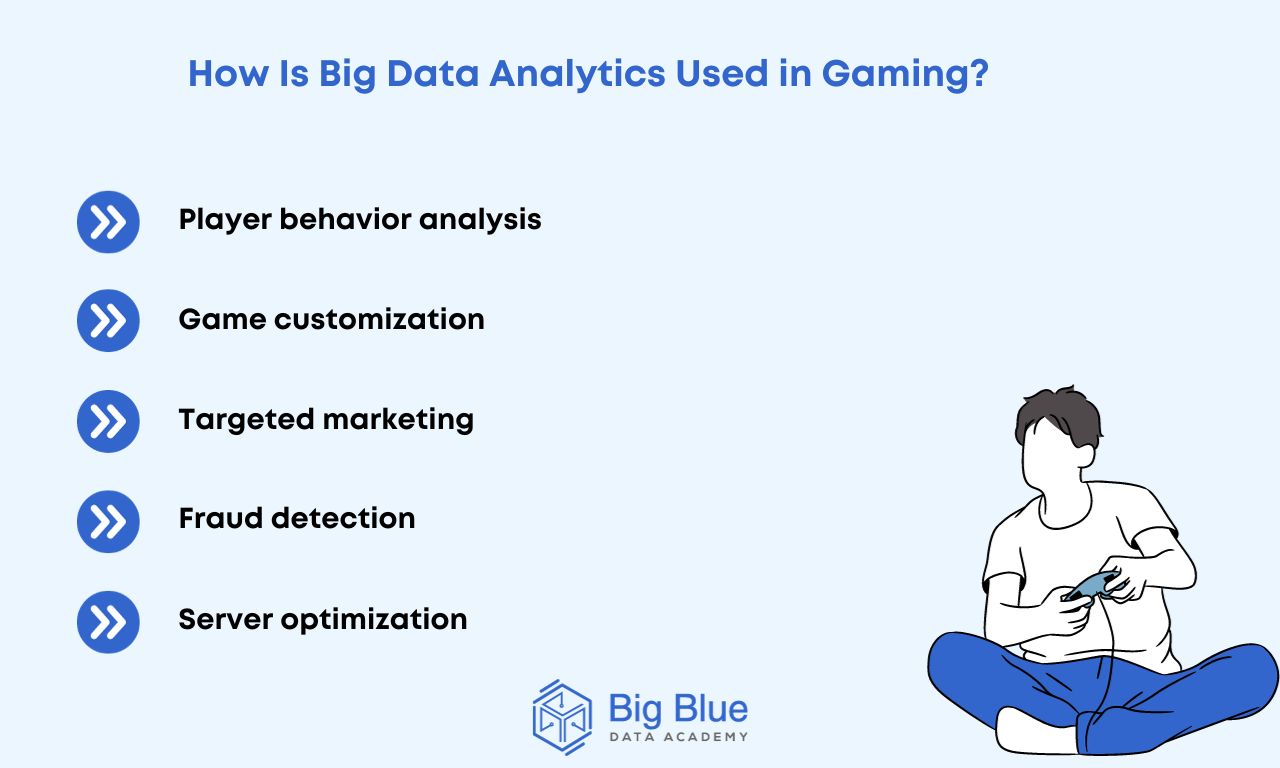
Introduction
Overview of Data Analytics in Game Development
In the dynamic world of gaming, data analytics plays a crucial role in shaping the player experience. With the ability to collect and analyze vast amounts of data, game developers can gain insights into player behavior, preferences, and trends. This practice not only enhances gameplay but also informs critical decisions throughout the development cycle. For instance, following a release, developers often sift through player metrics to determine which aspects of the game resonate most with users—imagine discovering that players love your character customization feature more than you expected!
Importance of Data-Driven Decisions in Gaming Industry
Making data-driven decisions is now more essential than ever in the gaming industry. Here’s why:
- Enhanced User Engagement: By understanding what keeps players invested, developers can tailor content that is not only attractive but also addictive.
- Informed Monetization Strategies: By analyzing purchase patterns, developers can design effective in-game purchases that align with player expectations.
- Continuous Improvement: Feedback-driven enhancements ensure that games evolve with their audiences.
As gaming continues to grow, leveraging data analytics will be instrumental in maintaining player satisfaction and driving success in future projects. At TECHFACK, we believe embracing these analytics can truly transform gaming experiences for both developers and players alike!
.jpg)
Collecting Data in Game Development
Types of Data Gathered for Analysis
Once game developers grasp the importance of data-driven insights, the next step is understanding the diverse types of data they can gather. Here are some key categories:
- Player Engagement Metrics: This includes playtime, session length, and levels completed, shedding light on how players interact with the game.
- Behavioral Data: Events such as player choices, item usage, and movement patterns allow developers to see where users thrive or encounter difficulties.
- Demographic Information: Knowing the age, location, and preferences of players helps tailor experiences to specific audiences.
Collecting this data paves the way for precious insights, and that’s just the beginning!
Tools and Techniques for Data Collection
To effectively gather the myriad types of data, developers employ various tools and techniques. Some popular options include:
- Analytics Platforms (e.g., Google Analytics, Unity Analytics): These tools provide comprehensive dashboards for monitoring gameplay metrics in real-time.
- A/B Testing: By experimenting with different versions of game elements—like UI layouts—developers can identify what works best for players.
- In-Game Surveys: Direct feedback from players not only reinforces quantitative data but also adds a qualitative touch to understanding player frustration or satisfaction.
At TECHFACK, developers share success stories of how integrating these tools has transformed their approach, enabling them to take purposeful actions based on actual player data.

Analyzing Player Behavior
Understanding Player Preferences through Data
With the data collected, the real magic happens during the analysis phase. Developers can gain deep insights into player preferences, allowing them to create more tailored gaming experiences. For example, by tracking which game modes are favored, developers might find that competitive play is more popular than co-op. Here are key areas of focus when understanding preferences:
- Favorite Game Features: Identifying which gameplay elements or mechanics players engage with most.
- Session Timing: Noticing at what times players are most active can help in planning events or updates.
- Character Choices: Understanding which characters are selected frequently speaks volumes about the attributes players value.
These insights guide design decisions, ensuring games resonate well with the audience.
Identifying Patterns and Trends in User Interaction
Beyond individual preferences, analyzing user data allows developers to spot larger patterns and trends in player interaction. For instance, observing how players progress through levels can reveal common bottlenecks or areas of confusion. By leveraging this information, developers can:
- Optimize Difficulty Curves: Ensuring challenges are balanced for all skill levels.
- Enhance Tutorials: Making adjustments to help newcomers navigate the game more smoothly.
- Spot Retention Issues: Understanding why players drop off at specific points helps in making meaningful improvements.
At TECHFACK, success stories abound where developers used data to not only enhance gameplay but also foster a stronger community by addressing player concerns directly. In this way, leveraging data to analyze behavior and trends has become an essential element of effective game development!

Improving Game Design with Analytics
Utilizing Data for Level Design Optimization
Armed with insights from player behavior analysis, game developers can improve the very heart of gaming: level design. By tracking how players navigate through different stages, developers can identify both enjoyable and frustrating elements. For instance, after analyzing data from player sessions, one studio realized a particular level was too challenging, leading to excessive player frustration. Key strategies for level design optimization include:
- Identifying Hotspots: Pinpointing areas where players frequently die or struggle helps in fine-tuning difficulty.
- Adjusting Flow: Ensuring levels provide a smooth progression maintains engagement and excitement.
- Feedback Loops: Implementing checkpoints or rewards that encourage players to persist instead of giving up.
These adjustments create a more satisfying gameplay experience.
Enhancing User Experience through Data Analysis
Data analysis doesn’t just improve levels; it enriches the overall user experience. By understanding player feedback and interaction patterns, developers can refine user interfaces and game mechanics. Important aspects to consider include:
- Customization Options: Data might reveal a desire for more character customizations, allowing players to express themselves more.
- Error Tracking: Analyzing when and where players encounter glitches or confusing mechanics can prompt quick fixes.
- User Pathways: Understanding how players navigate menus leads to more intuitive and streamlined user interfaces.
At TECHFACK, developers showcase transformations where analytics have directly linked to happier players and more successful games. This interplay between data and design highlights how analytics truly packages an enhanced gaming experience!
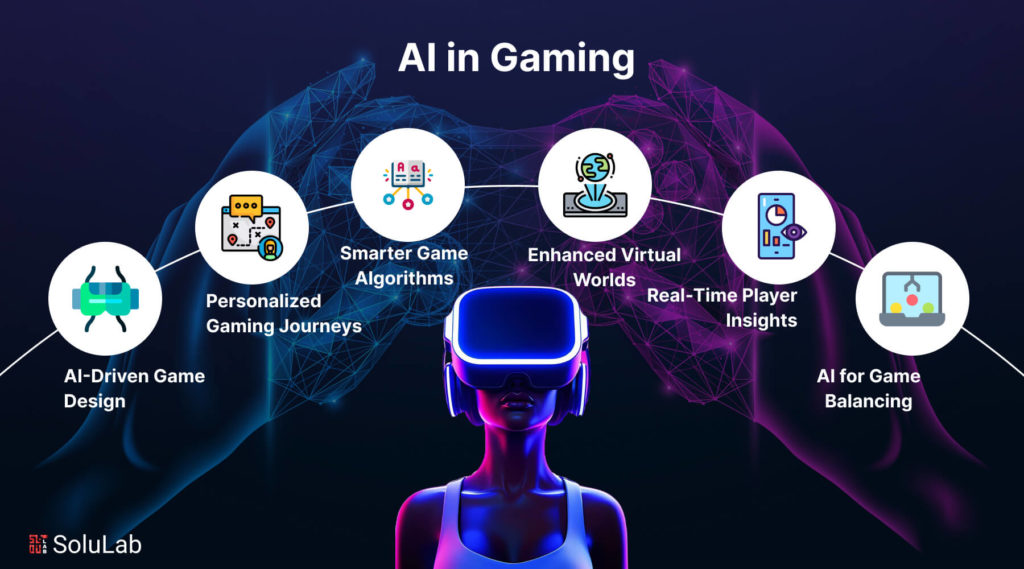
Personalizing Gaming Experience
Customizing Gameplay based on Player Data
As developers sift through player data, they uncover not just trends, but individual preferences that can transform the gaming experience into something uniquely personal. By analyzing gameplay patterns, developers can customize various elements—like mission difficulty, character abilities, or even storyline branches—tailored just for the player. Consider a game that adapts based on a player’s past choices, creating a more immersive narrative. Some effective strategies include:
- Adaptive Skill Levels: Tailoring enemy strength based on player performance keeps challenges engaging but not overwhelming.
- Content Recommendations: Suggesting new characters or quests that align with previous player choices enhances exploration.
This personalization turns a standard gaming session into a curated adventure.
Implementing Dynamic Difficulty Adjustment
Dynamic Difficulty Adjustment (DDA) takes personalization a step further, continuously analyzing player performance to modulate challenges in real-time. For example, if a player breezes through a level, the game can increase difficulty, keeping the experience thrilling. Key aspects of implementing DDA include:
- Real-Time Analytics: Using algorithms that monitor performance metrics to assess when adjustments are needed.
- Player Feedback Loops: Allowing players to provide input on difficulty settings fosters engagement and satisfaction.
- Testing and Balancing: Striking the right balance is essential; too much adjustment can lead to player frustration.
At TECHFACK, developers share exciting stories of games that have successfully integrated DDA, making gameplay feel less like a test and more like a tailored journey. Personalization through player data and dynamic adjustments isn’t just about keeping players hooked; it’s about creating a memorable experience that resonates long after the game is turned off!

Testing and Iterating Games
A/B Testing for Game Features
In the fast-paced game development landscape, testing and iterating are crucial for success. A/B testing has emerged as a valuable technique for game developers to evaluate different features effectively. By presenting players with two variations—whether a new level layout or an adjusted character ability—developers can gather data on which version performs better. Here are a few tips for conducting successful A/B tests:
- Clear Metrics: Define what success looks like, whether it’s player engagement, long-term retention, or purchase rates.
- Segmented Groups: Ensure a balanced sample of players to get unbiased results.
- Iterate Quickly: Use findings to make swift adjustments, ensuring improvements are implemented in real time.
This method allows developers to make evidence-based decisions, fine-tuning the gaming experience with confidence.
Continuous Improvement using Player Feedback Data
While A/B testing aids in specific feature optimization, continuous improvement relies heavily on player feedback. Understanding that players are often the best source of insights ensures that developers stay aligned with their audience. Key aspects of leveraging player feedback include:
- Regular Surveys: Gather opinions on gameplay, graphics, and mechanics through in-game surveys or community forums.
- Analyzing Complaints: Identify common issues players face and prioritize fixes in future updates.
- Engagement Metrics: Evaluate data on player interaction to identify trends that could inform future content.
At TECHFACK, stories abound of developers who transformed their games through proactive feedback loops, creating a community-oriented gaming environment. By embracing both A/B testing and ongoing player feedback, game developers can cultivate experiences that thrill players time and again!
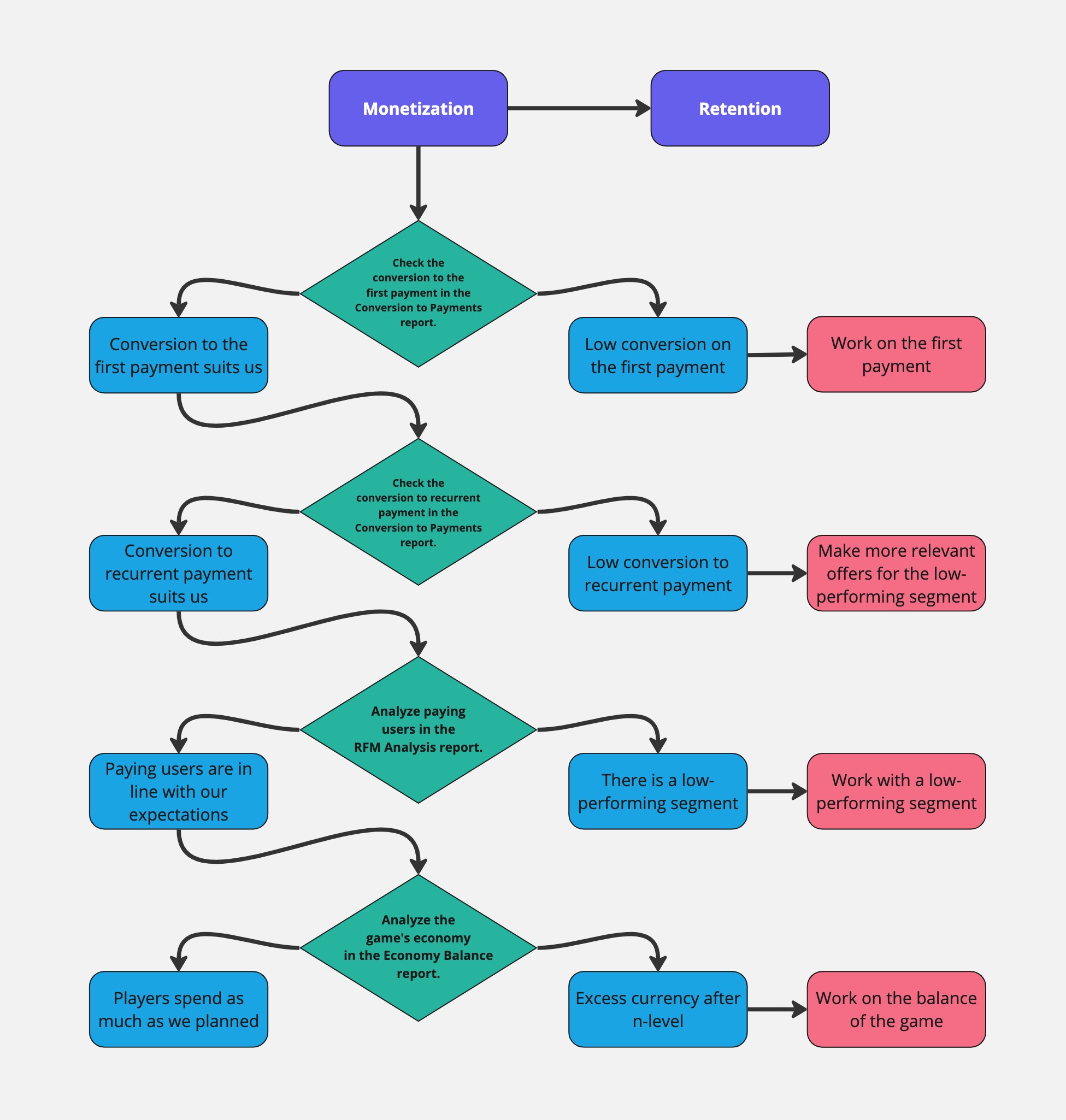
Monetization Strategies
Maximizing Revenue through Data-Driven Decisions
As developers analyze player interactions and preferences, they unlock powerful avenues for monetization. By making data-driven decisions, developers can identify the most profitable avenues to boost revenue while enhancing player satisfaction. For instance, a game that closely monitors player engagement can discern the optimal pricing strategies for in-game items, leading to increased sales. Here are some effective strategies to maximize revenue:
- Segmented Targeting: Tailor offers to different player demographics based on their in-game behavior and spending habits.
- Dynamic Pricing: Like airlines, some games adjust prices based on demand and player data trends.
- Promotional Events: Use player activity data to determine the best times for sales or special offers.
This approach ensures that monetization feels organic rather than intrusive.
Implementing In-Game Purchases based on Player Behavior
In-game purchases, when designed thoughtfully, can enhance gameplay and player satisfaction while driving revenue. By analyzing player behavior, developers can optimize the types and timing of in-game purchases effectively. Consider these key tactics:
- Personalized Recommendations: Offer items based on past purchases or gameplay styles—just like how streaming services suggest new content!
- Reward Systems: Implement systems that encourage purchases, like exclusive items for early buyers or discounts for loyal players.
- Feedback Loop: Regularly review which items are purchased most frequently and adjust offerings accordingly.
At TECHFACK, many developers have experienced significant revenue boosts by aligning their monetization strategies with player insights. By taking a balanced and data-driven approach, they create an ecosystem where players feel valued and engaged, leading to a win-win scenario for both sides!

Ethical Considerations in Data Analytics
Data Privacy Concerns in Gaming
As the gaming industry increasingly relies on data analytics, ethical considerations surrounding player privacy must be prioritized. Players often share personal information to enhance their gaming experience, which raises significant concerns. Developers need to navigate these waters carefully by:
- Being Transparent: Clearly communicating what data is collected and how it will be used helps build trust.
- Obtaining Consent: Always ask for permission before collecting and using player data, ensuring players feel in control.
- Implementing Secure Practices: Protecting stored data with robust security measures is essential to prevent breaches.
By actively addressing these concerns, developers can foster a sense of security within their gaming communities.
Balancing Data Utilization with Player Welfare
While data analytics has the potential to enhance gaming experiences significantly, developers must balance its utilization with the welfare of players. Prioritizing player well-being involves thoughtful examination of how data influences gameplay. Here are several considerations to keep in mind:
- Avoiding Exploitative Practices: Implement monetization strategies that don’t take advantage of compulsive players; a focus on choices over pressure creates a healthier environment.
- Monitoring Gameplay Impact: Analyze how data-driven adjustments affect player enjoyment and ensure they align with a positive experience.
- Community Engagement: Regularly solicit player feedback to gauge how well your decisions reflect their values and preferences.
At TECHFACK, developers recognize the importance of maintaining ethical standards while utilizing player data. By taking these factors into account, they can create games that prioritize not only profitability but also player trust and satisfaction in the long run. Balancing data analytics with ethical approaches paves the way for a thriving gaming community.
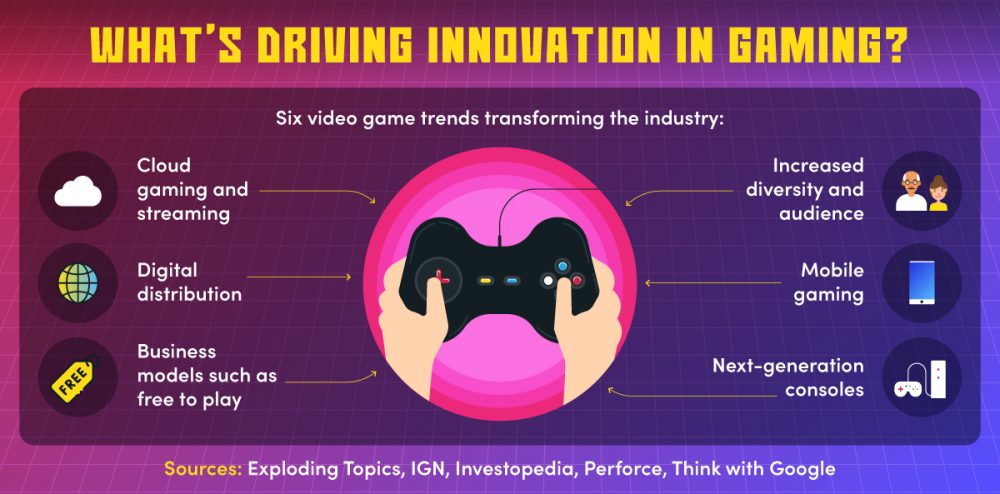
Future Trends in Game Development Analytics
Artificial Intelligence Integration in Data Analysis
As technology advances, the integration of Artificial Intelligence (AI) in data analysis is set to revolutionize game development. AI can analyze vast amounts of player data much more efficiently than traditional methods, uncovering insights that would otherwise go unnoticed. For instance, AI-driven algorithms can predict player behavior based on historical data, allowing developers to tailor experiences in real-time. Key benefits of AI integration include:
- Enhanced Personalization: AI can customize in-game experiences more deeply by learning from individual player actions.
- Automated Reporting: Reducing the manual workload on developers allows for more focus on creativity and design.
- Improved Testing: AI can simulate player interactions, providing invaluable feedback before game launches.
This technological leap promises to create richer, more engaging gaming environments.
Predictive Analytics for Game Design Enhancement
Predictive analytics is another powerful tool in the future of game development analytics. By leveraging historical player data, developers can forecast trends, improve design elements, and anticipate player needs. For example, if predictive models indicate that a particular genre is gaining popularity, developers can tailor upcoming projects accordingly. Key aspects of predictive analytics include:
- Trend Forecasting: Identifying shifts in player preferences helps developers adapt their strategies proactively.
- Player Retention Strategies: Using predictive data to implement timely updates or new features can significantly enhance retention rates.
- Gameplay Balancing: Predictive models can help fine-tune difficulty levels based on how players responded to previous challenges.
At TECHFACK, it’s exciting to see how these trends are shaping the future of game development. By embracing AI and predictive analytics, developers can not only enhance their games but also create experiences that resonate deeply with players, ensuring a dynamic and evolving gaming landscape!
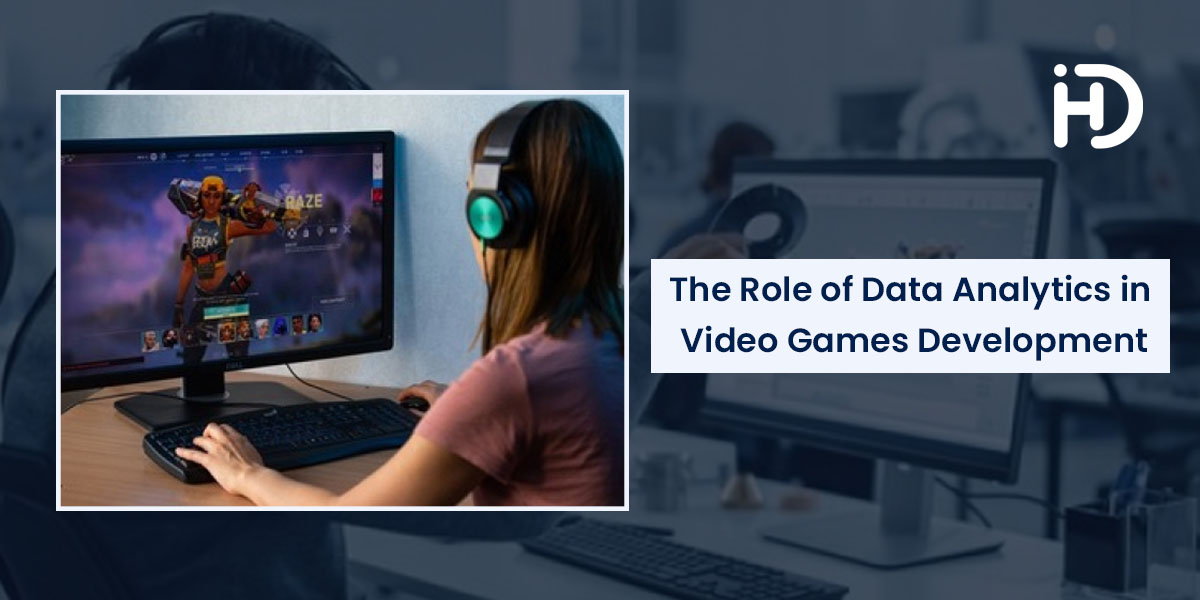
Conclusion
Recap of How Data Analytics Enhances Game Development
Throughout our exploration, it’s clear that data analytics is a cornerstone of modern game development. By collecting and analyzing player data, developers can:
- Understand Player Preferences: Tailor gameplay experiences that cater to individual likes and dislikes.
- Optimize Game Design: Use insights from player interactions to improve levels and mechanics.
- Streamline Monetization Strategies: Implement smart pricing strategies based on actual player behavior.
These capabilities not only boost player engagement but also foster a more enjoyable gaming community.
Future Implications of Data-Driven Approaches in Gaming
Looking ahead, the implications of adopting data-driven approaches in gaming are vast. As technologies like AI and predictive analytics continue to evolve, developers will be equipped to create even more personalized experiences that resonate with players. This will likely result in:
- Greater Player Retention: Well-tailored experiences will keep players engaged longer.
- Innovative Game Mechanics: Using data to inspire creative gameplay features can set new industry standards.
- Ethical Engagement: Balancing monetization strategies with player welfare will enhance trust and integrity in the gaming community.
At TECHFACK, we believe that embracing these trends will propel the gaming industry into an exciting future, where player satisfaction is not just a goal, but a shared journey between developers and gamers alike!
732305657-1170x702.jpg)
